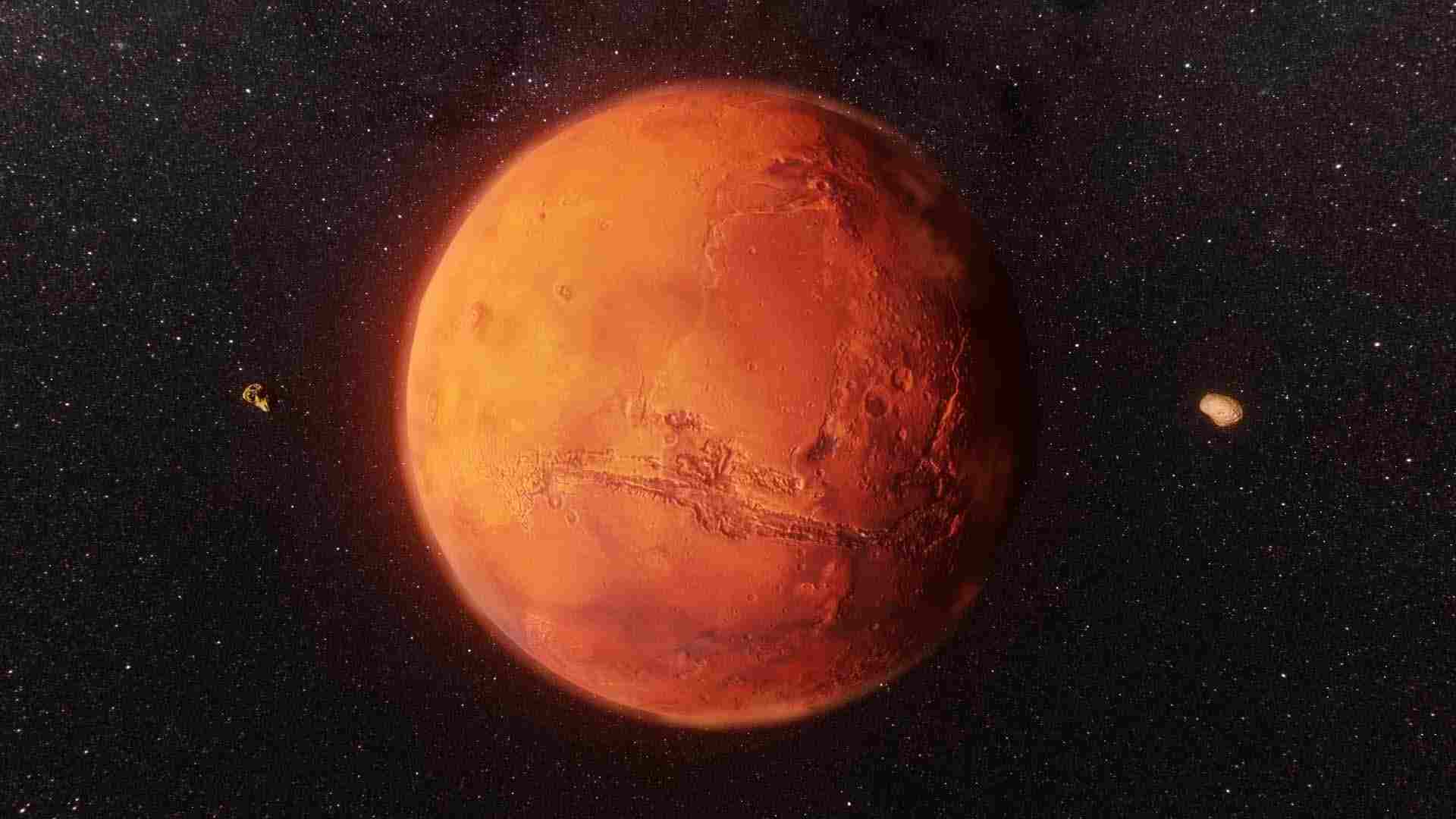The NASA astronaut knocks loudly three times on what seems to be an ordinary door and cheerfully calls out, “You ready to come out?”
The response is not audible, but beneath his mask, he seems to be smiling as he pulls the door open. Four scientists, who have spent a year simulating a mission to Mars without any other human contact, emerge to cheers and applause.
Anca Selariu, Ross Brockwell, Nathan Jones, along with team leader Kelly Haston, have spent the last 378 days enclosed in a “Martian” habitat in Houston, Texas, as part of NASA’s study on the requirements for sending humans to Mars.
During this time, they have been cultivating vegetables, conducting simulated Mars walks, and coping with what NASA describes as “additional stressors,” including communication delays with “Earth” and separation from their families, as well as the challenges of isolation and confinement.
The experience would evoke memories of pandemic lockdowns for anyone who endured them, yet all four emerged on Saturday visibly beaming, their hair slightly disheveled, showing clear signs of emotion.
“Hello. It’s actually so wonderful just to be able to say hello to you,” Haston, a biologist, said with a laugh.
“I really hope I don’t cry standing up here in front of all of you,” Jones, an emergency room doctor, expressed as he approached the microphone. Moments later, he nearly broke down upon seeing his wife in the crowd.
The habitat, named Mars Dune Alpha, is a 3D-printed facility spanning 1,700 square feet (160 square meters). It includes bedrooms, a gym, common areas, and a vertical farm for growing food.
An outdoor area, separated by an airlock, is filled with red sand and is where the team donned suits to perform their “Marswalks.” However, this area is still enclosed rather than open to the air.
“They have spent more than a year in this habitat conducting crucial science, most of it nutrition-based and how that impacts their performace … as we prepare to send people on to the Red Planet,” Steve Koerner, deputy director at NASA’s Johnson Space Center, told the crowd.
“I’m very appreciative.”
This mission is the first in a series of three planned by NASA, grouped under the title CHAPEA (Crew Health and Performance Exploration Analog).
A previous year-long mission simulating life on Mars occurred from 2015-2016 in a habitat in Hawaii. While NASA was involved, it did not lead that mission.
Under its Artemis program, the United States plans to send humans back to the Moon to learn how to live there long-term, with the goal of preparing for a trip to Mars sometime in the late 2030s.







